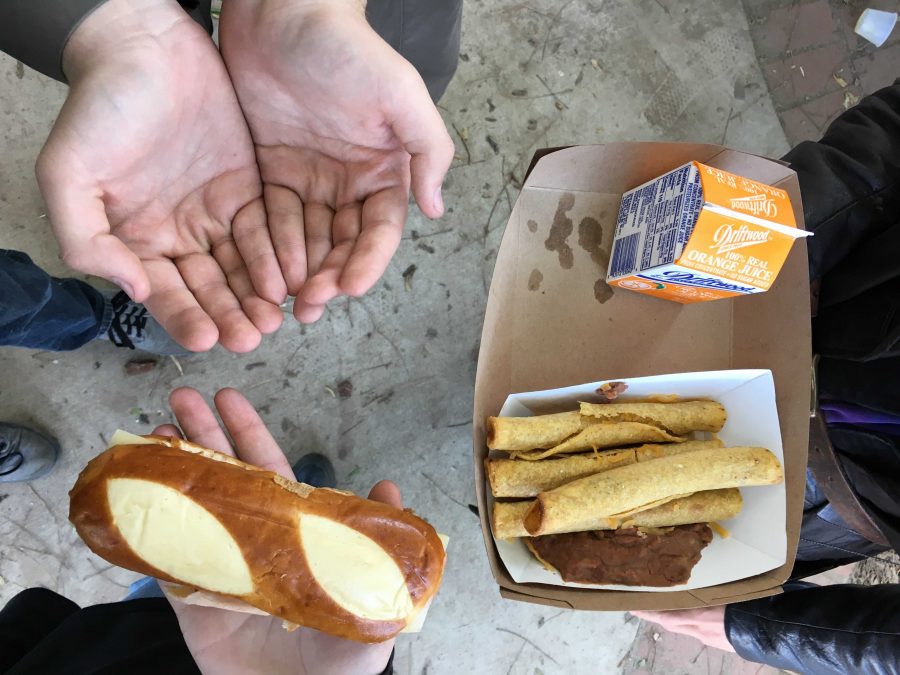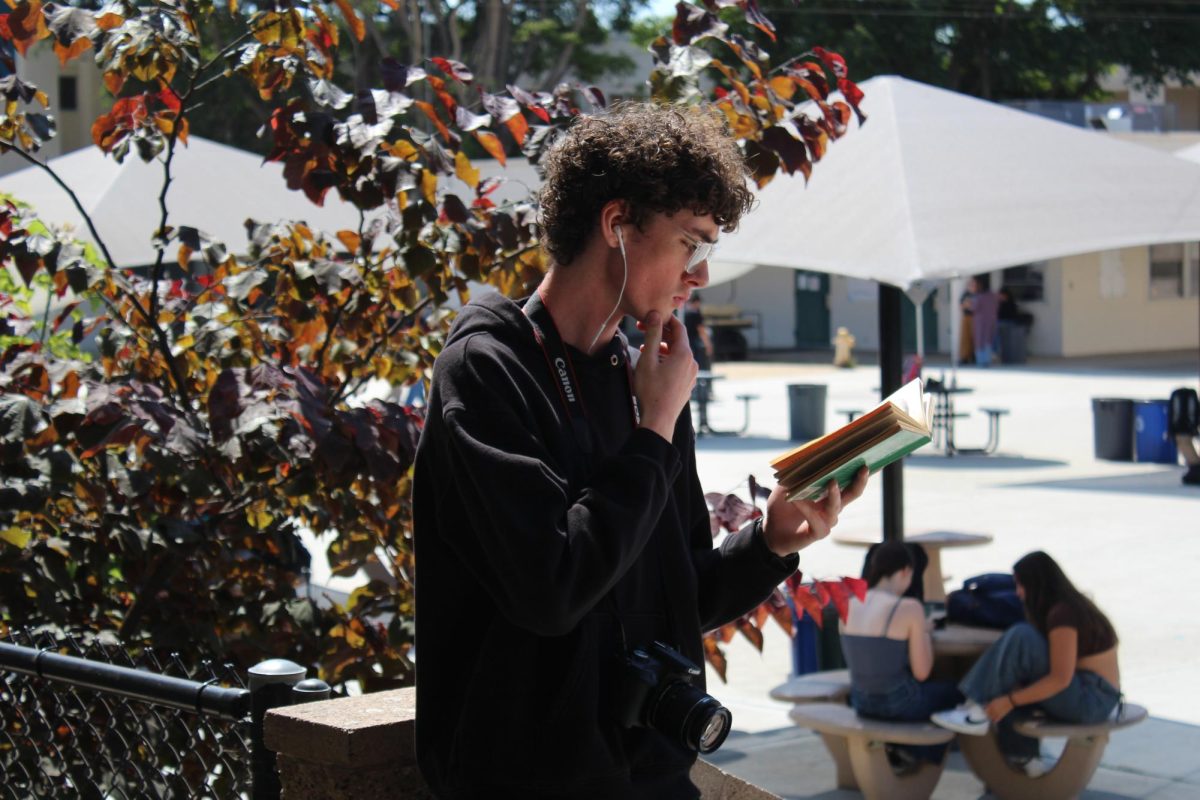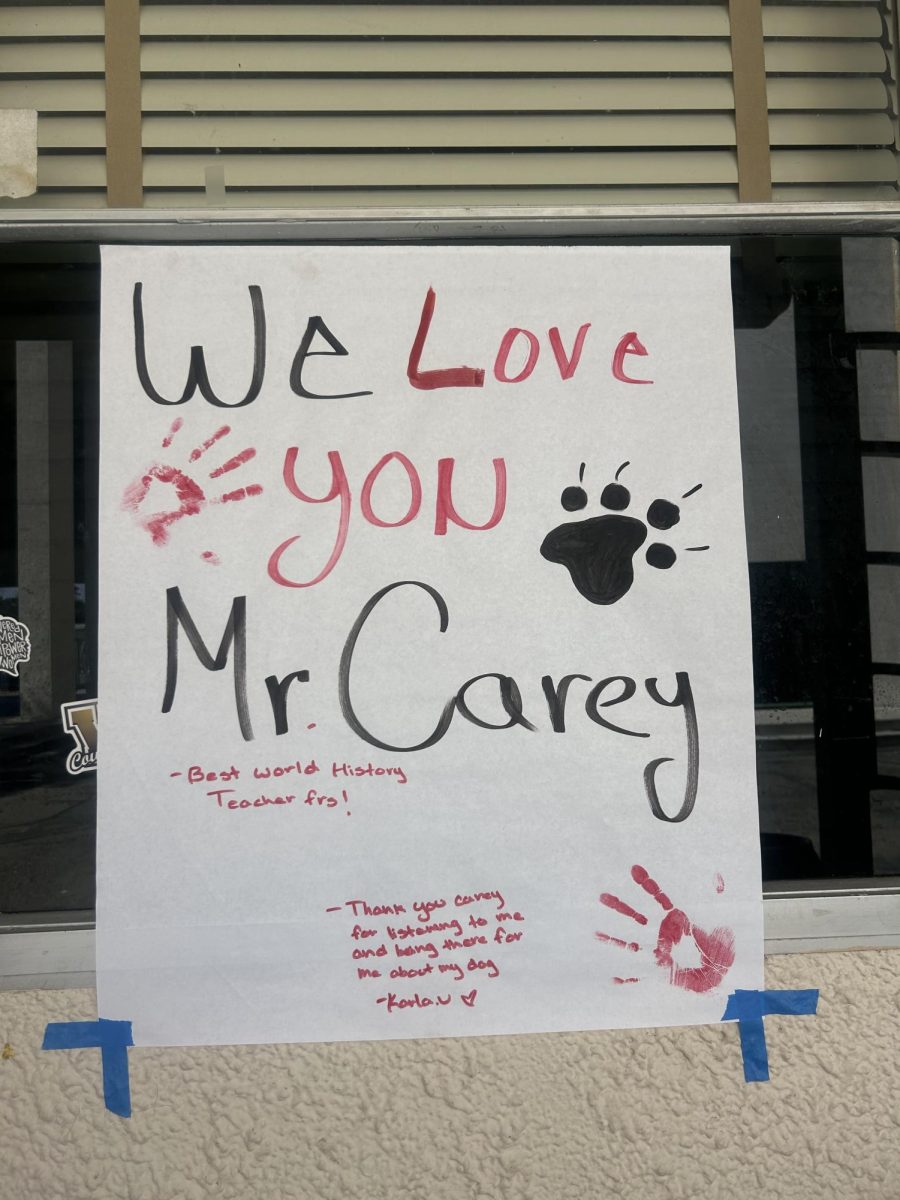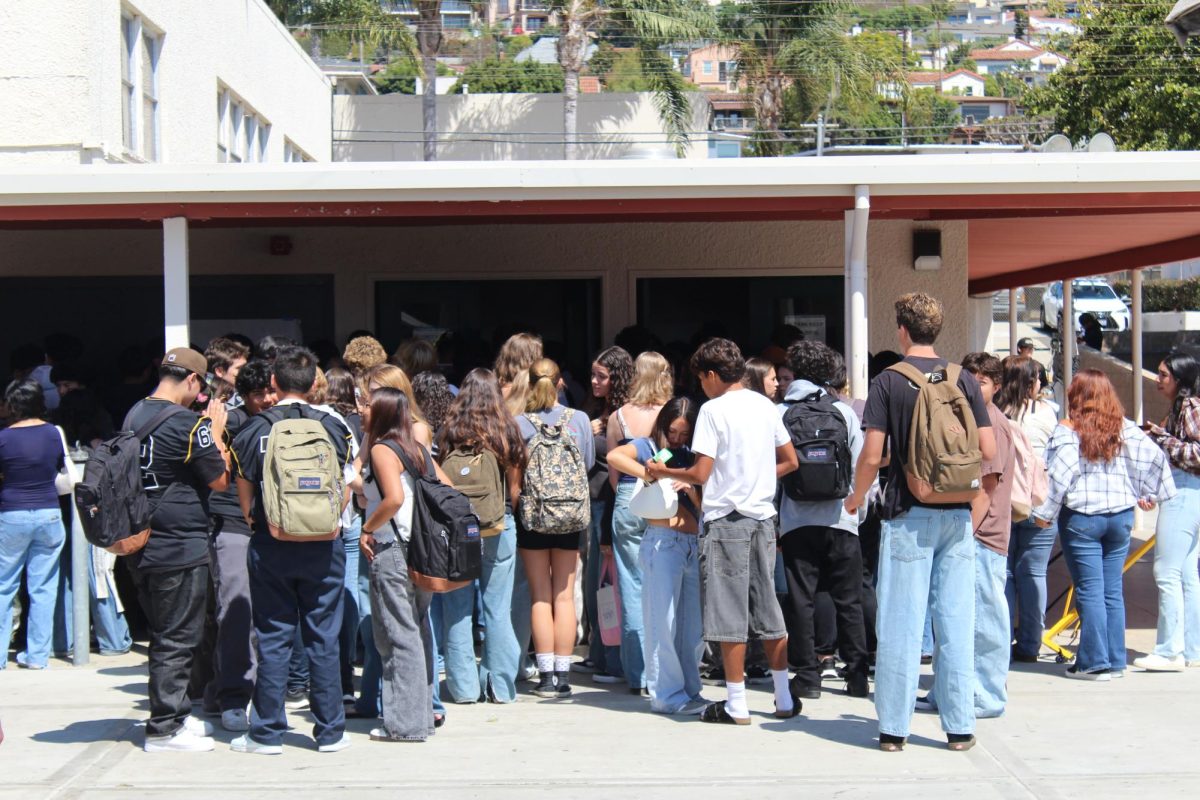Breakfast is the most important meal of the day! Don’t forget your lunch! Food is fuel! Good food, good mood! I’m just here for the food!
All of these sayings are things I hear students, parents, doctors, etc, say on the regular. Obviously food is is very important for staying healthy, but it’s especially important for teens who are growing and developing to be well-nourished.
School helps provide lunch to students or they can bring their own food from home, but a question I have is how many students go through an entire school day without eating anything?
Senior Samuel Meister explained that he brings his own food to school, but he eats breakfast at the school cafeteria. Meister said, “The only good things from the cafeteria are the cinnamon cakes and the food from the snack bar. [Besides,] the lines are too long.”
However, this routine is not the reality for all students. Some students can’t afford to buy food from the snack bar or cafeteria and some don’t have time in the morning to make food for themselves. In these cases, the school can help provide students with food.
Senior Matthew Besamat buys breakfast and lunch from the cafeteria. He explained that a lot of the food isn’t terrible, but some of it isn’t very good either. In his opinion, “The pizza they serve for breakfast is bad and the scrambled eggs are like rubber.”
If students don’t have the time to make food or the money to buy food at school and they don’t qualify or didn’t sign up for the free and reduced lunch program, then all that’s really left is not eating.
Senior Joshua Tuttle doesn’t eat once he gets to school. He stated that “I eat breakfast at home, but I do feel hungry throughout the day. [I will eat] given the option to eat off campus., [but] no, I do not eat school food.”
So what does that leave. Do the majority of students go hungry throughout the day? Not eating at school means not eating for seven hours, that is about the time between when one goes to sleep and wakes up.
According to a recent Twitter poll conducted by The Cougar Press, 41 percent of students bring their own food, 23 percent buy food from the cafeteria and 36 percent don’t eat at school.















